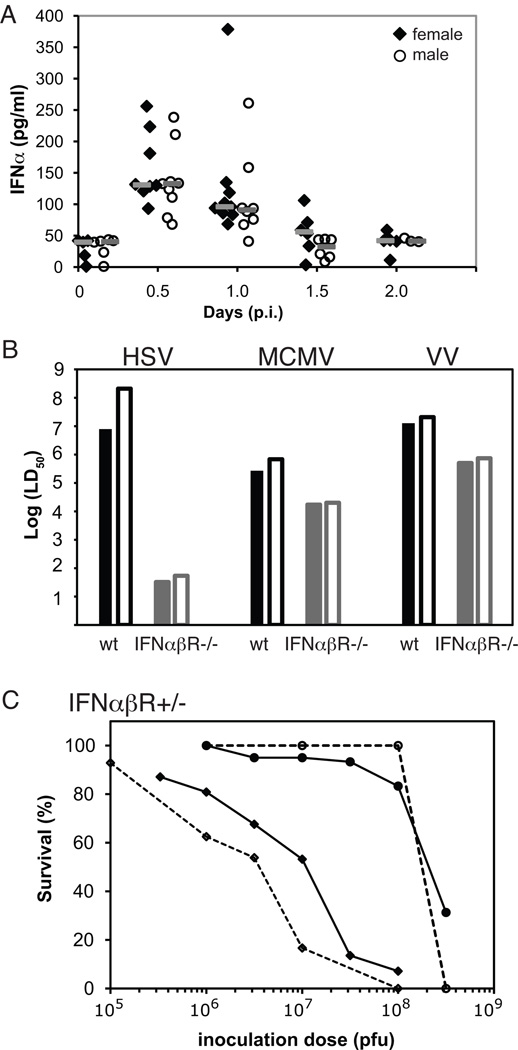Figure 4. Sex differences in susceptibility to systemic viral infections are nearly abrogated in the absence of type I interferon signaling.
A) No differences were observed in serum IFNα levels in wt female (black diamonds; n=5–9/time-point) and male (open circles; n=6–9/time-point on days 0, 0.5, and 1 p.i. with n=3 at day 2 p.i.) mice infected with 3.16×107 pfu of HSV. Gray bars represent median values for each time-point. Data are aggregated results from two independent experiments. B) Although the absence of type I interferon signaling results in significantly increased sensitivity to HSV infection, sex differences in mortality are nearly eliminated following systemic infection with all three viruses (HSV, MCMV, and VV) in the absence of type I interferon signaling. LD50 values are shown for wt female (black bars), wt male (black outlined bars), IFNαβR-deficient female (solid grey bars), and IFNαβR-deficient male (outlined grey bars) mice following infection with HSV, MCMV, and vaccinia. C) The observed sex difference in survival following systemic HSV infection is amplified in the setting of IFNαβR-haploinsufficiency. HSV survival curves with IFNαβR+/− mice represent cumulative results from 4 independent experiments with female (diamonds with dashed line; n=61) and male (black unfilled circles with dashed line; n=43) IFNαβR+/− mice. Cumulative survival data for wt female (black diamonds with solid line) and male (black unfilled circles with solid line) mice from Fig. 1A are shown for comparison.

